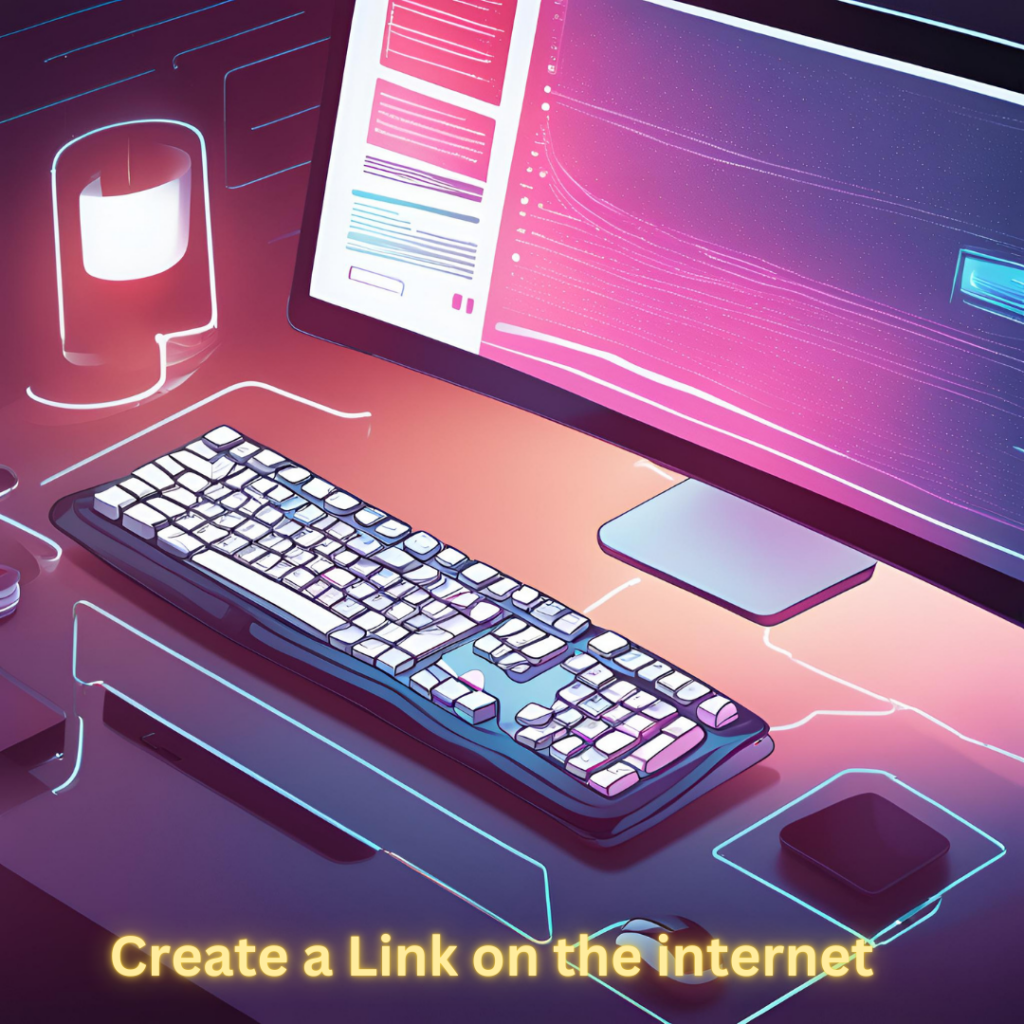In today’s hyper-connected digital landscape, links serve as the highways that guide users from one destination to another, facilitating seamless navigation and access to a wealth of information. Whether you are creating a blog, developing a website, or simply sharing resources, understanding how to create links effectively is a crucial skill. This comprehensive guide will walk you through the various types of links, their purposes, and the methodologies for creating them, ensuring that you harness the power of hyperlinks to enhance user experience and drive engagement.
Understanding Links: The Building Blocks of the Web
Before delving into the mechanics of link creation, it is essential to understand what links are and their significance. A hyperlink, commonly referred to as a link, provides a means for users to navigate from one document or page to another on the internet. They can connect to websites, downloadable files, email addresses, or even specific sections within the same document. Links are fundamental to the functionality of the World Wide Web, providing pathways to vast repositories of information.
Types of Links
- Internal Links:
Internal links connect different pages within the same domain. They help users navigate your site while also establishing a clear structure that search engines can crawl effectively. For instance, within a blog, you might include links to related articles, enhancing the reader’s experience and potentially reducing bounce rates. - External Links:
External links point to content on another domain. These links serve to provide credibility, reference sources, and establish connections with other relevant content online. Using external links judiciously can enhance your content’s authority and improve its SEO value. - Anchor Links:
Anchor links are used to link to specific sections within a page. By utilizing these links, users can jump directly to content without scrolling. They are particularly useful for long articles or FAQs, improving navigability and user experience. - Email Links (mailto):
Email links allow users to reach out via email by simply clicking the link. This can be particularly useful for contact buttons on websites or for encouraging user engagement in newsletters. - Call-to-Action Links:
These are links that prompt users to take a specific action, such as “Download Now,” “Subscribe,” or “Learn More.” They often use compelling language to drive conversions and user engagement.
How to Create Links
1. Using HTML
For those engaged in web development or blogging via platforms that allow HTML inputs, creating links using HTML tags is fundamental.
- The basic structure:
<a href="URL" target="_blank">Link Text</a>- Example:
To create a link to the homepage of your website, you would use:
<a href="https://www.yourwebsite.com" target="_blank">Visit Our Homepage</a>Here, the href attribute contains the URL of the destination, while the text between the <a> and </a> tags serves as the clickable link text. The target="_blank" attribute opens the link in a new tab, improving user experience.
2. Utilizing Content Management Systems (CMS)
For those less familiar with coding, many content management systems such as WordPress or Wix provide intuitive interfaces for link creation:
- WordPress:
- Highlight the text you want to convert into a link.
- Click on the link icon in the toolbar (often resembling a chain).
- Paste the desired URL into the provided field and click “Apply.”
- Wix:
- Select the text or image you wish to hyperlink.
- Click on the link icon and choose the type of link (web address, email, or page).
- Enter the required details and save.
3. Using Markdown
If you’re writing content that utilizes Markdown (a lightweight markup language often used in forums and readme files), creating links is straightforward:
- The basic structure in Markdown:
[Link Text](URL)- Example:
[Visit Our Homepage](https://www.yourwebsite.com)This will render the link exactly as you intend, allowing for simplicity and cleanliness in your documentation.
Best Practices for Link Creation
- Descriptive Link Text: Use clear, descriptive text that informs users of what to expect when clicking. Avoid generic terms like “click here,” as they do not indicate the link’s content.
- Limit the Number of Links: While links can enhance content, overloading your text with hyperlinks can be distracting and dilute their effectiveness. Aim for relevancy and necessity.
- Open External Links in New Tabs: Consider using the
target="_blank"attribute for external links. This practice keeps users on your site while allowing them to explore external content. - Regularly Check for Broken Links: Conduct audits of your link structure periodically to ensure that links still direct users to valid destinations, maintaining your site’s credibility.
- Ensure Mobile Compatibility: Links should be easy to click on mobile devices. Ensure that they are adequately spaced and reachable without zooming in.
Conclusion
Creating links is an art that blends technical knowledge with user-centric design. Mastering the various methods of hyperlink creation empowers you to navigate the complexities of the digital environment effectively. By understanding the types of links, employing proper techniques, and adhering to best practices, you can enhance user experience, drive traffic, and ultimately achieve your digital objectives. Links are more than just text; they are vital conduits that connect users to valuable resources and information in the vast world of the internet. Embrace their potential, and watch as your online presence flourishes.

